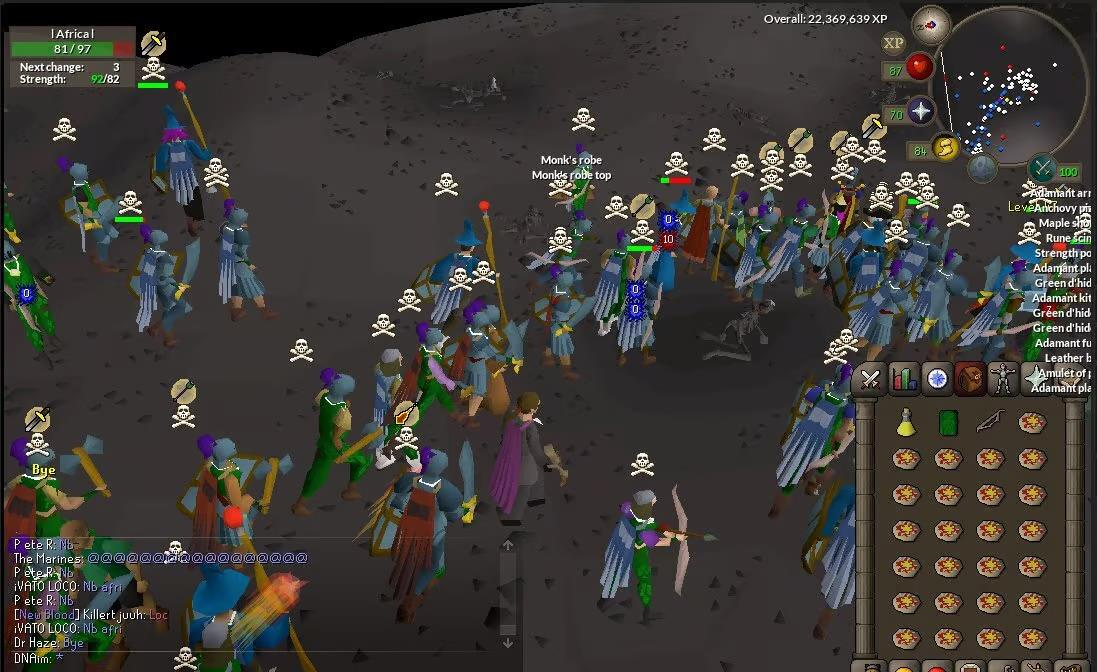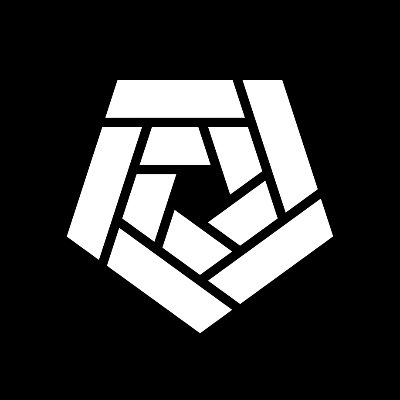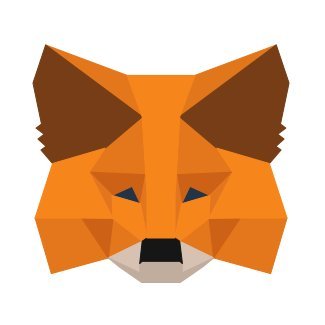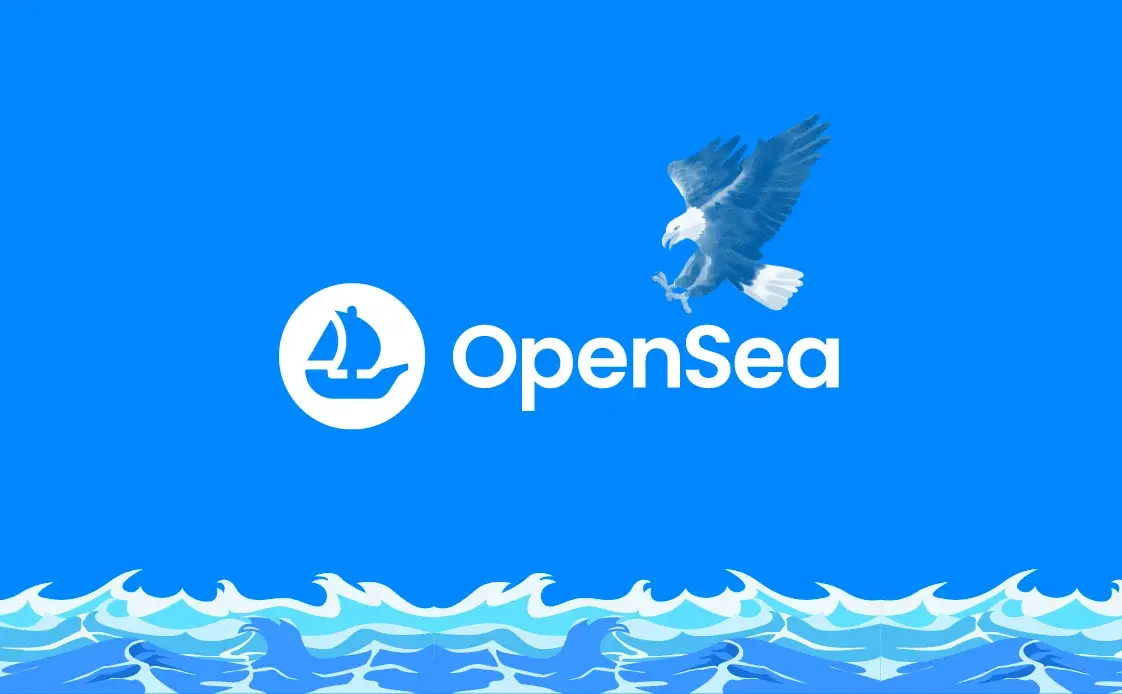Ethereum: From Digital Assets to Multiplayer Online Games
Original Title: Ethereum is a Game Environment
Original Author: Ben Roy
Compiled by: Deep Tide TechFlow

People describe Ethereum in many different ways.
It is a smart contract platform, an asset ledger, a financial system that is always online, a large multiplayer online currency game, and so on.
The game metaphor resonates with me the most. It helps to unify my entire interaction with this blockchain into a cohesive experience, much like a gamer.
Think about it.
We have different "levels," starting from the main chain, then to other environments like layer two and associated scaling solutions.
In these environments, there are different "players," from traders and speculators to investors and collectors. Some are retail, some are institutional clients, each with different skills, perceptions, and experiences.
There are different areas of expertise where players can "play" in NFTs, DeFi, memecoins, infrastructure, or other more specialized fields.
There are also different "game modes." There is a period of PvP, where the same participants compete for the same liquidity to make profits. Then another period is considered PvE, where trading profits are easier to achieve because new users (and funds) enter the ecosystem and drive its growth.
There is also a "game score" that begins, transformed from on-chain transaction history into NFT credentials like Degen Score or POAP (Proof of Attendance Protocol) for wallets. Trackers like Nansen even categorize wallet addresses as "whales" or "smart money" based on their activity.
We see the unit of measurement for the game (i.e., Ethereum), as well as the identity symbols associated with the subculture it forms (e.g., CryptoPunks), both reminiscent of large multiplayer online role-playing games like RuneScape.
Ethereum also shares certain similarities with mainstream games like Fortnite or Roblox, as it relies on user-generated content (UGC). People are naturally motivated to create "content," including everything from art to applications and game assets, because they can earn money by building extensions for the game.
All of this is interconnected within Ethereum's "user interface," which I understand as a patchwork of blockchain explorers (Etherscan), analytics platforms (Arkham), wallets (MetaMask), marketplaces (OpenSea), and related social media applications (Twitter, Discord, Telegram), all tools used by players to process and interact.
Thinking about Ethereum in this way brings many implications. In my view, the most important point is that all products, services, and experiences built on-chain are set against this game environment as their primary backdrop.
People are attracted to the global open-source game we create, where they act in specific ways. Every builder, every artist, every team should consider these norms and behaviors in their designs.













